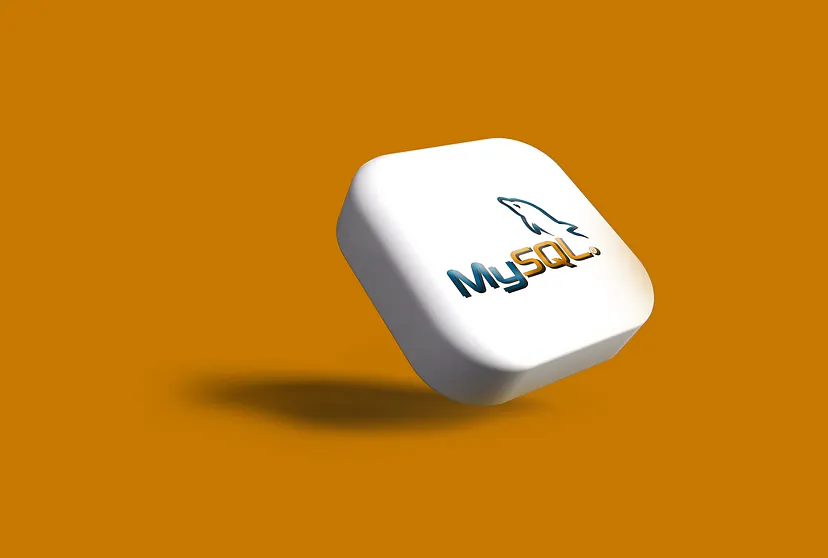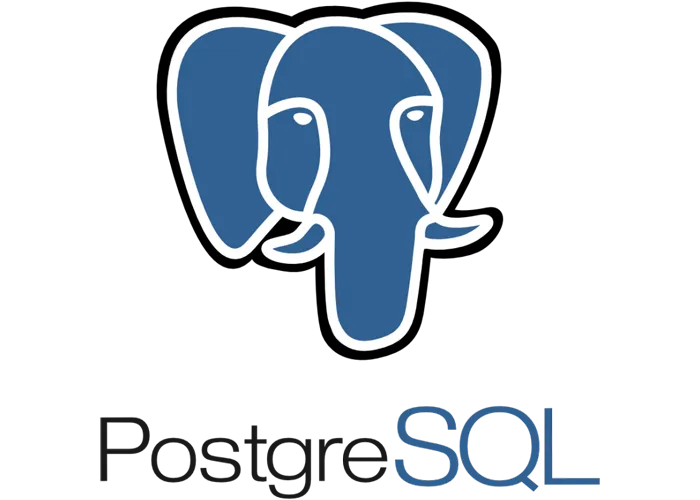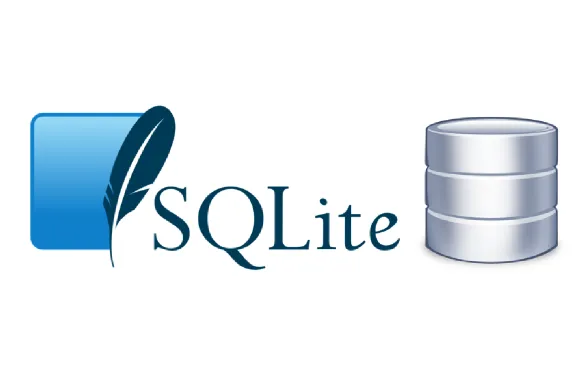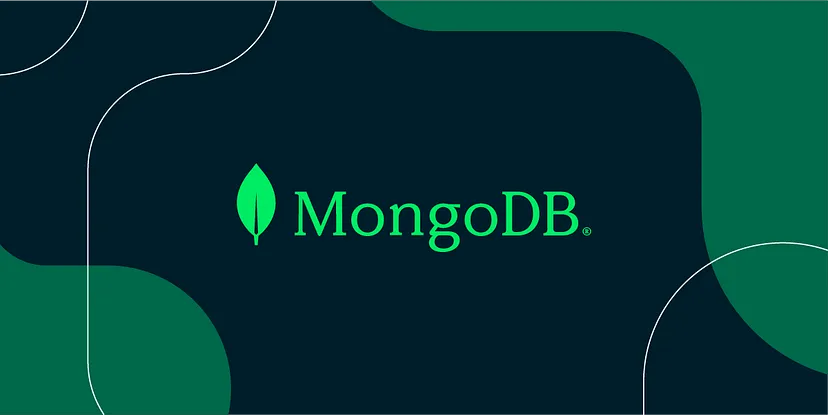Choosing the right database management system (DBMS) is crucial for any application, whether it’s a small mobile app or a large-scale enterprise system. MySQL, PostgreSQL, SQLite, and MongoDB are among the most popular databases, each with unique strengths and weaknesses. Delves into the pros and cons of each to help you make an informed decision.

Pros:
- Widely Used and Supported: MySQL is one of the most popular relational databases, with a large community, extensive documentation, and numerous third-party tools and resources.
- Performance: It is optimized for read-heavy operations, making it ideal for applications where reading data is more frequent than writing.
- Mature and Stable: MySQL has been around since 1995, making it a very mature and stable database choice for many applications.
- Scalability: MySQL can handle large databases efficiently, with support for horizontal scaling through sharding.
- Integration: It integrates seamlessly with various platforms, including PHP, WordPress, and popular web hosting services.
- And It’s FREE!
Cons:
- Limited Support for Advanced Features: MySQL lacks some advanced features like full ACID compliance in certain configurations and has limited support for complex queries compared to PostgreSQL.
- Licensing Issues: The open-source version is free, but some advanced features are only available in the commercial version.
- Concurrency: MySQL can struggle with high levels of concurrent writes, which may require tuning or choosing a different DBMS for write-heavy applications.

Pros:
- Advanced Features: PostgreSQL offers advanced features like full ACID compliance, advanced indexing, full-text search, and support for custom data types.
- Extensibility: It is highly extensible, allowing developers to add custom functions, data types, and even languages.
- Standards Compliance: PostgreSQL adheres closely to SQL standards, ensuring compatibility with a wide range of applications and tools.
- Strong Concurrency Control: It handles high levels of concurrent transactions efficiently, making it suitable for complex, write-heavy applications.
- Open Source: PostgreSQL is fully open-source without any proprietary licenses, meaning all features are available without cost.
Cons:
- Performance Overhead: While PostgreSQL is powerful, it may require more resources and tuning to achieve optimal performance compared to MySQL, especially for simple read-heavy operations.
- Complexity: The advanced features and flexibility of PostgreSQL can make it more complex to set up and maintain, especially for beginners.
- Documentation: While extensive, PostgreSQL’s documentation can be less user-friendly for those unfamiliar with database management systems.

Pros:
- Lightweight and Simple: SQLite is a serverless, self-contained, and zero-configuration database, making it extremely easy to set up and use.
- Portability: The entire database is stored in a single file, making it easy to transfer, backup, and integrate into embedded systems or applications.
- Fast for Small Applications: SQLite is optimized for small-scale applications, making it very fast for reading and writing small datasets.
- No Server Requirement: Being serverless, it doesn’t require a separate server process, reducing overhead for small applications.
Cons:
- Limited Scalability: SQLite is not designed for high-concurrency or large-scale applications; it’s best suited for small to medium-sized projects with light traffic.
- Limited Functionality: It lacks some advanced features found in MySQL and PostgreSQL, such as stored procedures, user management, and extensive data types.
- Concurrency Issues: SQLite handles write operations sequentially, which can lead to bottlenecks in write-heavy applications.

Pros:
- Schema Flexibility: MongoDB is a NoSQL database that allows for flexible, schema-less data models, making it ideal for unstructured or semi-structured data.
- Scalability: It is designed for horizontal scaling, making it easy to distribute data across multiple servers.
- JSON-like Documents: MongoDB uses BSON (Binary JSON) format, making it intuitive for developers working with JSON in their applications.
- High Performance for Certain Use Cases: MongoDB performs well in scenarios requiring fast, scalable read and write operations, such as real-time analytics and content management systems.
Cons:
- Lack of ACID Transactions: While MongoDB supports multi-document transactions, it’s not as robust as relational databases like PostgreSQL, especially in complex transactions.
- Data Consistency: MongoDB’s flexibility can lead to inconsistencies if not carefully managed, particularly in large, distributed systems.
- Memory Usage: MongoDB can be memory-intensive, especially when dealing with large datasets, as it tries to keep working sets in memory.
- Learning Curve: For developers used to SQL-based databases, transitioning to MongoDB’s NoSQL paradigm can be challenging.
Each of these databases—MySQL, PostgreSQL, SQLite, and MongoDB—has its strengths and weaknesses, making them suitable for different use cases. MySQL is great for web applications with moderate complexity, PostgreSQL shines in applications requiring advanced features and data integrity, SQLite is ideal for lightweight, embedded applications, and MongoDB is perfect for handling large volumes of unstructured data with high scalability.
Choosing the right database depends on your specific needs, including the size and complexity of your application, the importance of data integrity, and the expected load. Consider these factors carefully to select the database that will best support your project’s goals.
Fill out the form on the following page: https://synpass.pro/contactsynpass/ to contact us regarding your project ☝

